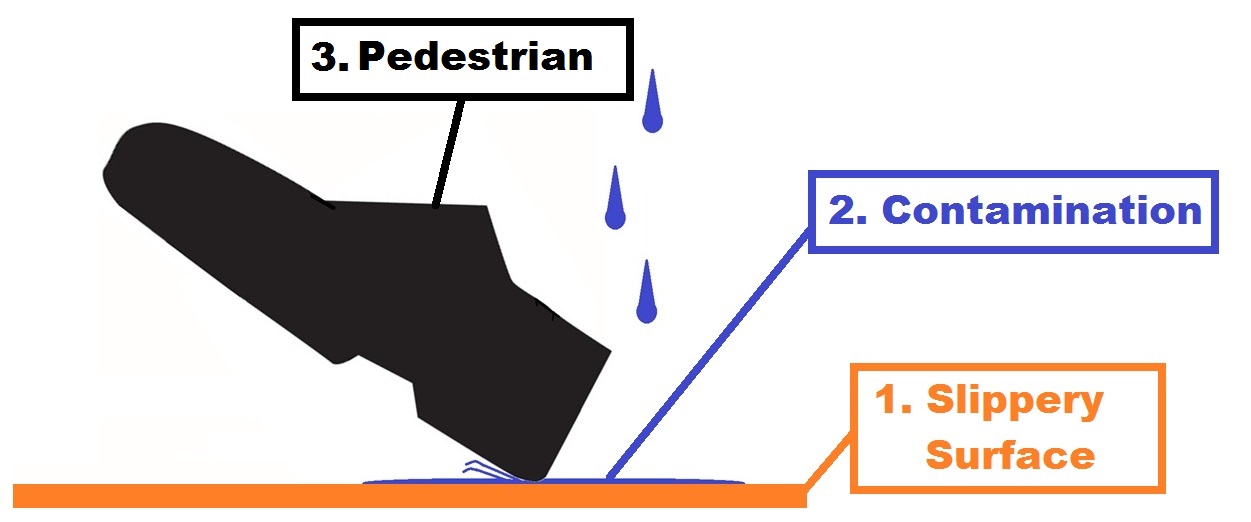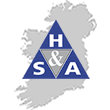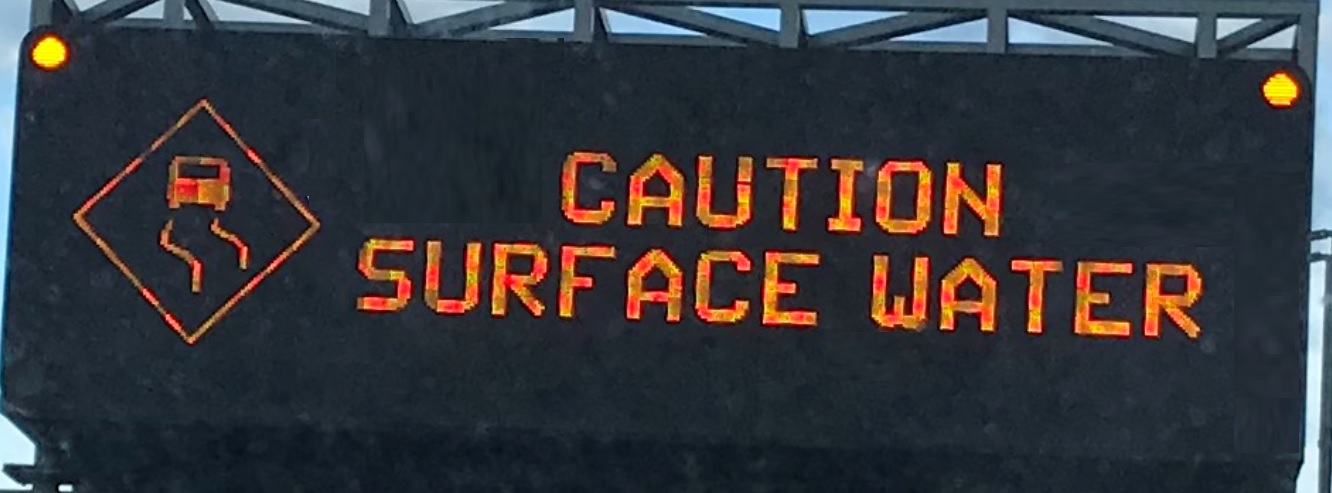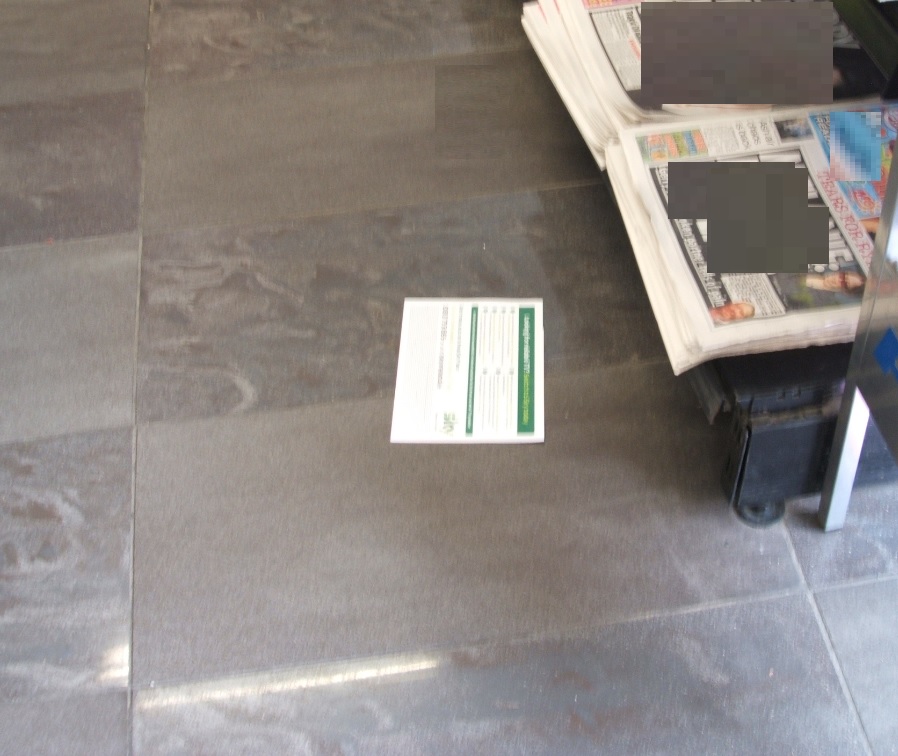Identify Spill Risks to Control Slips (Trips and Falls)
A slip on the level by a pedestrian has three critical risk factors

 | From 2015 to 2016, 24% of over 2,000 HSA workplace visits found the employer had not identified or tried to identify sources of potential spills (for example, liquids, granular material, food). The rate was higher in Manufacturing (29%), Healthcare (29%), Retail (26%) and Construction (25%) |
Spills include any material that could get onto a pedestrian surface and cause a slip. Spills can be foreseeable or unforeseeable and solid, semi-solid or liquid
- Analyse previous slips to identify any particular issues
- Use the Mapping tool designed to help identify areas where slips, trips and falls have happened and also where slips and trips are more likely to happen
- To identify spills and potential spills, consider any history of slips or near-slips.
- Actively ask staff if they have slipped or nearly slipped in any areas.
- Identify sources of
- Water, including washing areas, hand basins, drinking fountains, toilets, flowers/plants
- Rain, including external areas, rain tracked into entrances

- Other liquids, including oil, hand disinfectant gel
- More viscous liquids can be more slippery
- Semi-solids, including soft fruits (like grapes). On decking, mildew, algae and fine mosses can be an issue
- Solids, including granular washing powder, inserts from newspapers magazines, desiccant sachet contents, etc.
- Ice can cause slips on “non-slip” surfaces

In 2009, the Slip STD Consortium proposed a classification for hard floors based on foreseeable contamination
In this video (6 min 7 sec), Steve Thorpe from HSL demonstrates pendulum slip resistance results of a dry floor, a wet floor and a “cleaned” floor
The Napo animated video "Cold case" (59 seconds) shows the hazard from a leaking pipe
This video (1 minute, 1 second) shows an animated slip on an oil spill with real-life video removing an oil spill
Spill risks are an important part of Slip Risk Assessment and Prevention
A risk assessment approach to Spills slips (trips and falls) can include the following steps
- Identify Risks
- Prevent
- Contain
- Detect
- Cordon
- Remove